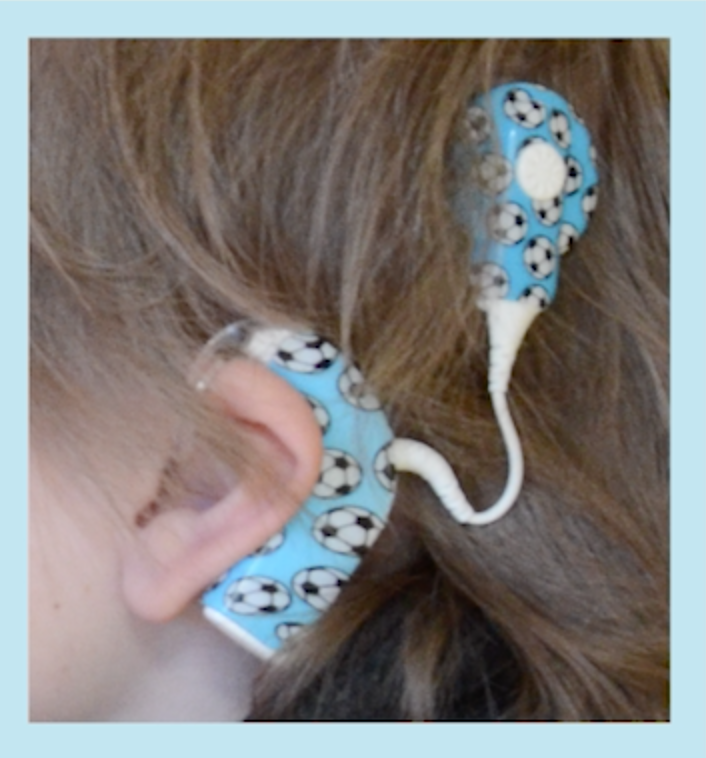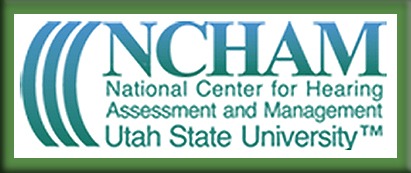|
ECHO Initiative Events
* * * * * * * * * *
New Live Webinar:
Implementing Evidence-Based Hearing Screening Practices for Children
3 to 5 Years of Age in Head Start Programs
Tuesday, March 6th, 2018
1:00-2:00 p.m. Eastern
* * * * * * * * * *
New 2018
OAE Training
Web Class:
Four Sessions
:
April 23rd, 26th,
30th, and May 3rd, 2018
1 p.m. EDT
====================
ECHO Initiative
Link to Previous
Recorded Webinars:
If you've missed any of
our previous webinars,
click here to access our library of previously
recorded webinars.
|
|
|
|
I
f your program is new to OAE screening, or if you have added new staff who need instruction on OAE screening practices,
where staff can view instructional video modules
and access the
corresponding resources.
|
|
Quick Links
|
|  Find more helpful hints from previous issues of Probes and Tips and many other
resources at: www.kidshearing.org |
|
|
 |
|
Know When Not to Screen
The vast majority of the children you serve will benefit from regular hearing screening during early childhood. We are often asked if children who have Pressure Equalization (PE) tubes should be scree
ned and the answer is
"yes." Following the screening protoco
l with these and other children will help them get appropriate and timely care.
There are, however, a few situations where hearin
g
s
creening should not be attempted. Conducting a very simple visual inspection will help you know whether or
not to proceed with the screening:
- If a child has a cochlear implant or a hearing aid,
it doesn't make sense to conduct a screening. Instead, make sure the child's hearing and amplification are being checked every 6 months, or more often, by a pediatric audiologist. Even if a child has a unilateral loss, the audiologist should be assessing both ears.
 
- If a child has a significant ear malformation,
don't proceed with the screening. Bring the condition to the attention of the child's health care provider and be sure the child's hearing is assessed by a pediatric audiologist. If you notice only a minor malformation, such as a skin tag or pit, you'll want to bring this to the attention of the health care provider, but you can go ahead with the inspection and screening.
- If you look into the canal and see drainage, which may be accompanied by a foul smell, don't
 attempt to conduct screening. Instead, bring the condition to the attention of the child's health care provider and screen when the condition has been resolved. attempt to conduct screening. Instead, bring the condition to the attention of the child's health care provider and screen when the condition has been resolved.
- If the ear canal appears to be totally blocked with wax, you may need to refer the child to a health care provider to remove it before you can conduct the screening. If some wax is present, but it is not completely blocking the canal, you can proceed
with the screening.
 In most cases, the child's ears will pass the visual inspection and you can safely and effectively conduct a hearing screening. In most cases, the child's ears will pass the visual inspection and you can safely and effectively conduct a hearing screening.
|
 |
Do you have questions about when you should/should not conduct a hearing screening?
Let us know at:
And, as always, share
www.KidsHearing.org
with anyone you think would benefit from our resources.
|
|

2615 Old Main Hill
Logan, UT 84322
|
|
|